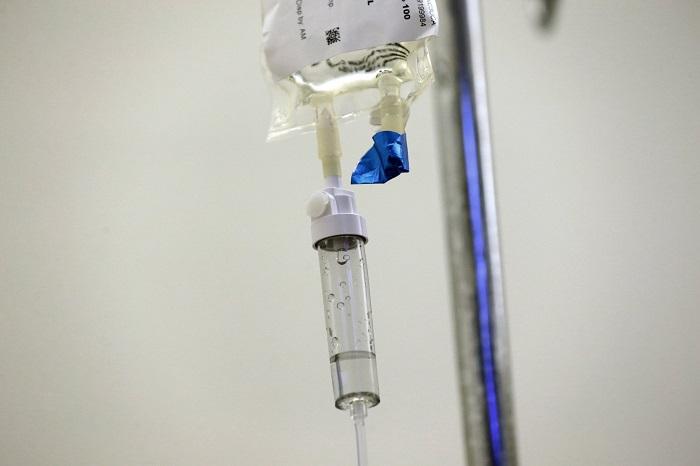
In this file photo, chemotherapy drugs are administered to a patient at a hospital in Chapel Hill, N.C., on May 25, 2017. AP Photo/Gerry Broome
NEW YORK—The U.S. cancer death rate has hit a milestone, falling for at least 25 years according to a new report.
Lower smoking rates are translating into fewer deaths. Advances in early detection and treatment are also having a positive impact, experts say.





